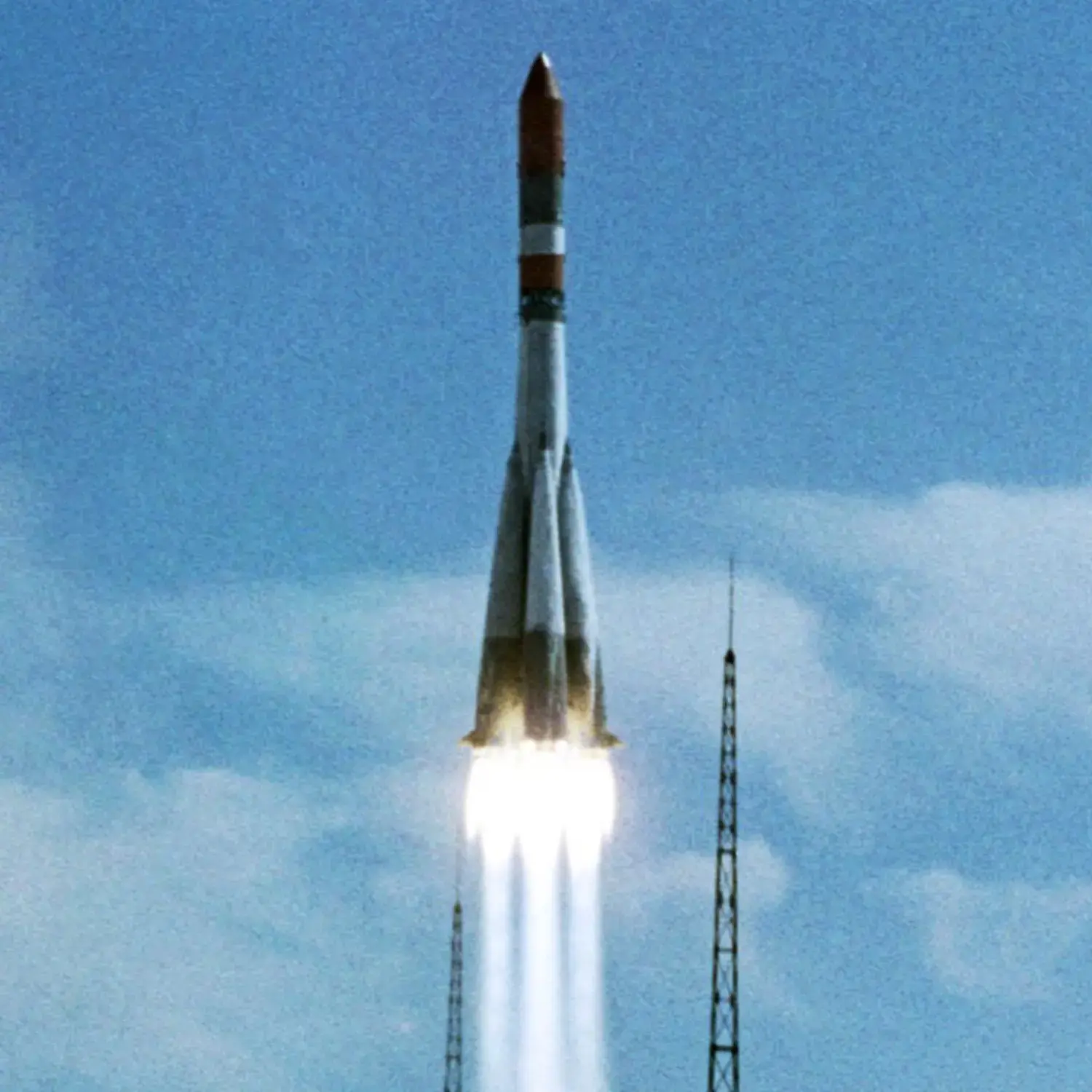Cosmos 482
Launch Partial Failure
Liftoff Time (GMT)
04:02:00
Friday March 31, 1972
Mission Details
Launch Notes
Last flight of Molniya-M /Block-NVL.
Cosmos 482
Cosmos 482 (Russian: Космос 482 meaning Cosmos 482), launched March 31, 1972, at 04:02:33 UTC, was an attempted Venus probe which failed to escape low Earth orbit. It reentered Earth's atmosphere on May 10, 2025, at 6:24 UTC and fell into the Indian Ocean. Its landing module, which weighs 495 kilograms (1,091 lb), is highly likely to reach the surface of Earth in one piece as it was designed to withstand 300g of acceleration and 100 atmospheres of pressure. Beginning in 1962, the name Kosmos was given to Soviet spacecraft which remained in Earth orbit, regardless of whether that was their intended final destination. The designation of this mission as an intended planetary probe is based on evidence from Soviet and non-Soviet sources and historical documents. Typically Soviet planetary missions were initially put into an Earth parking orbit as a launch platform with a rocket engine and attached probe. The probes were then launched toward their targets with an engine burn with a duration of roughly four minutes. If the engine misfired or the burn was not completed, the probes would be left in Earth orbit and given a Kosmos designation. Cosmos 482 was launched by a Molniya booster on March 31, 1972, four days after the Venera 8 atmospheric probe and may have been similar in design and mission plan. After achieving an Earth parking orbit, the spacecraft made an apparent attempt to launch into a Venus transfer trajectory. It separated into four pieces, two of which remained in low Earth orbit and decayed within 48 hours into south New Zealand (known as the Ashburton balls incident), and two pieces (presumably the payload and detached engine unit) went into a higher 210 x 9,800 km orbit. An incorrectly set timer caused the Blok L stage to cut off prematurely, preventing the probe from escaping Earth orbit.
Heliocentric Orbit
1 Payload
1,180 kilograms
Rocket


Manufacturer
RKK EnergiyaRocket
Height: 44.63m
Payload to Orbit
LEO: 6,200 kg
GTO: 2,400 kg
Liftoff Thrust
4,391 Kilonewtons
Fairing
Diameter: 2.58m
Height: 7.14m
Stages
4
Strap-ons
4
Launch Site
Stats
Molniya-M
32nd
Mission
2nd
Mission of 1972
RKK Energiya
16th
Mission of 1972
1972
24th
Orbital launch attempt